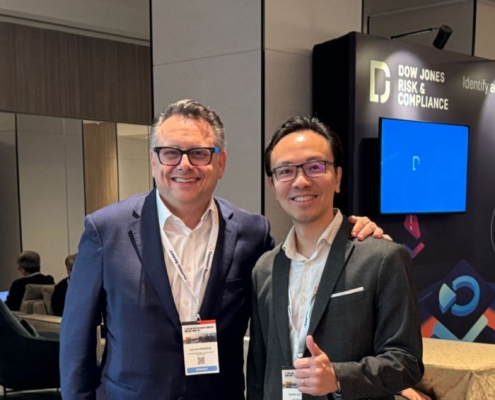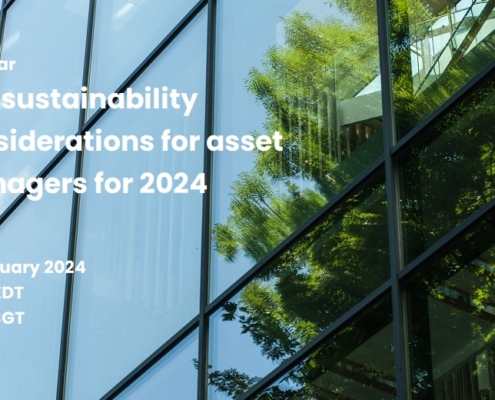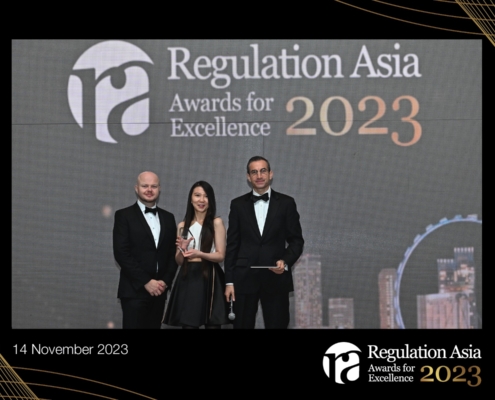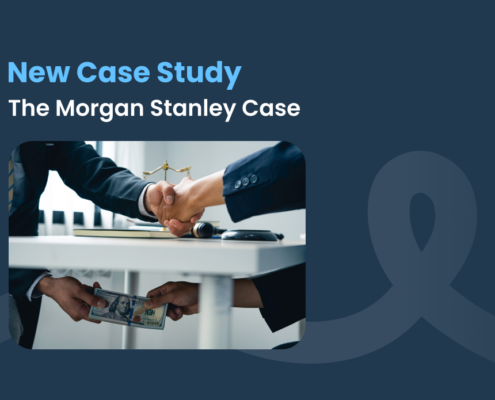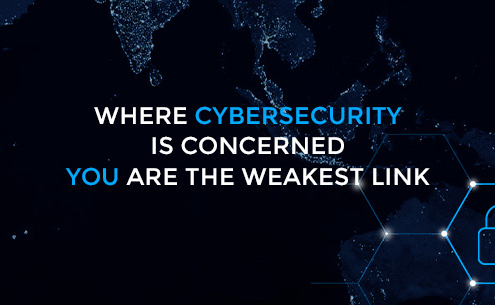5 steps to combat financial crime in 2021
With the COVID-19 pandemic still ongoing, you might think that combatting money laundering, bribery and fraud is not a priority for your organisation.
But 2021 presents a perfect opportunity for criminals to commit financial crime.
Many businesses in Asia still face weak demand and supply chain difficulties caused by international border restrictions, while world economies are slumping.
In May 2020, as nations relaxed due diligence measures and opened up borrowing and stimulus payments, the global Financial Action Task Force (FATF) warned that organisations were vulnerable to money laundering, corruption and fraud by people taking advantage of the situation.
And the Canadian Anti-Fraud Centre reported 766 instances of COVID-19 related-fraud in two months, costing CAD$1.2 million. That’s not including fraud that remained unreported.
In this article, we’ll cover 5 crucial steps to create a strong anti-money laundering (AML), bribery and fraud program.
1. Protect against the 3 stages of money laundering
AML is a major priority for Asian financial regulators in 2021.
The Monetary Authority of Singapore (MAS) has announced that it will crack down on financial institutions without rigorous AML systems, as it was revealed that MAS had intercepted SGD$69 million in suspicious transactions since 2019.
AML is increasingly a hot topic, as transactions become more novel and complex for authorities to handle.
For example, the UK has banned Binance, a cryptocurrency exchange, due to fears it would not protect consumers against money laundering. Trading volumes in June 2021 were a staggering USD$662 billion, 10 times more than the year before.
And the Philippines has recently been put on notice by FATF due to money laundering risks in online casinos.
Money laundering occurs in three stages. The first is “placement”, where criminals introduce criminal proceeds into the financial system. This is often done by splitting up transactions into smaller amounts to bypass financial institutions’ checking systems.
Then, “layering” occurs when criminals move money around to make its origins untraceable, often involving international transfers and third parties, such as accountants and bankers, who unwittingly make transactions on their behalf.
Finally, in “integration”, those illegitimate funds are invested or funnelled back into criminal activities.
Understanding the process of money laundering will help your organisation implement AML measures at all stages.
Check out our AML course.
2. Take a strong stance against bribery and corruption
Bribery involves paying a public official to influence their actions (for example, to halt an investigation). Giving or receiving a bribe is unlawful in most jurisdictions in Asia and will seriously damage your organisation’s reputation if exposed.
Last year, Malaysia saw the massive 1MDB bribery scandal, in which billions of dollars earmarked for public projects were instead received by public officials, including the former Prime Minister.
Investment bank Goldman Sachs admitted to bribing the 1MDB fund, in what it described as an “institutional failure”. Goldman Sachs will now pay USD$5 billion in penalties to worldwide regulators.
Your organisation’s anti-bribery program should include a bribery policy, making it clear that bribery is never okay. Be wary of giving gifts or “facilitation payments” to foreign officials, even if that is how business is done in that country – you run the risk of breaking local or international laws.
Check out our Anti-bribery and corruption course.
3. Prevent fraud from inside and outside your organisation
Fraud can come in many forms, including forging documents or impersonating someone’s identity, but the common thread is intentionally deceiving others for one’s personal gain.
In June, police in Singapore investigated nearly 300 people for involvement in scams relating to e-commerce, government-official impersonations, investments, gambling and even dating.
Fraud is designed to be hard to detect. Your company can prevent fraud by double-checking any request, email or document that seems even slightly abnormal, and being aware of social manipulation techniques used by fraudsters to gain your trust.
As fraud may also come from inside your organisation (for example, someone raising fake invoices), ensure that your anti-fraud program covers internal matters.
Check out our Fraud awareness course.
4. Implement a comprehensive compliance training program
Financial crime cannot be successful without people in your organisation being involved, knowingly or unknowingly.
It’s not enough to implement control measures – every staff member must be ready to detect, prevent and respond to financial crime through anti-money laundering, anti-bribery and anti-fraud training.
The aim is to build a culture of compliance in your organisation, so that all of your activities are covered.
GRC Solutions offers comprehensive e-learning modules for the Asian market, specialising in AML, fraud awareness and anti-bribery and corruption for all levels of your organisation.
5. Keep an eye on financial crime around the world
New cases of money laundering, fraud and corruption happen each day, and the pace of legislative change is relentless.
It’s important to keep an eye on new global developments, to see what issues other organisations have faced and how countries have dealt with financial crime. This is especially the case if your organisation operates in multiple jurisdictions.
GRC Solutions’ e-learning programs draw on real-life case studies and hypothetical scenarios to test learners’ knowledge, and our content is constantly updated for legal currency.




